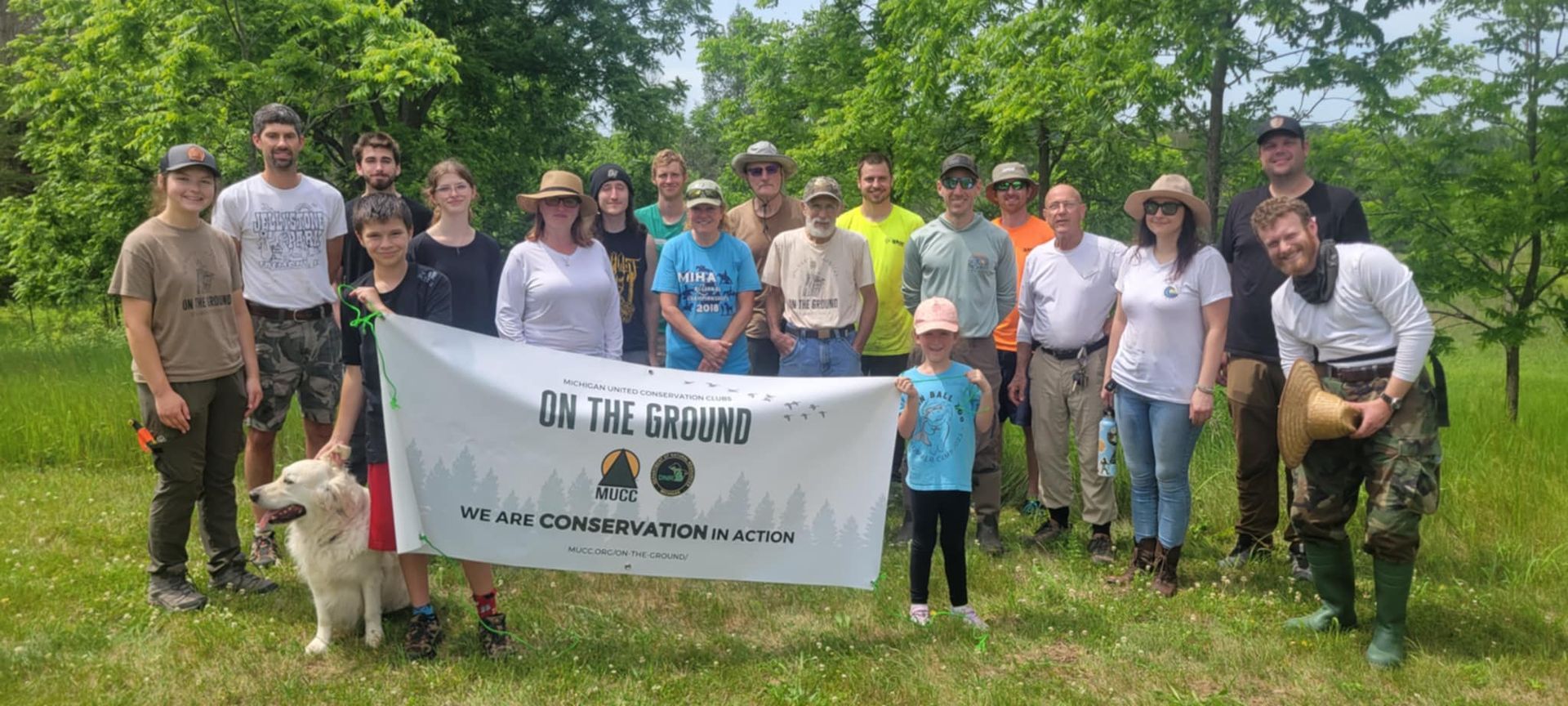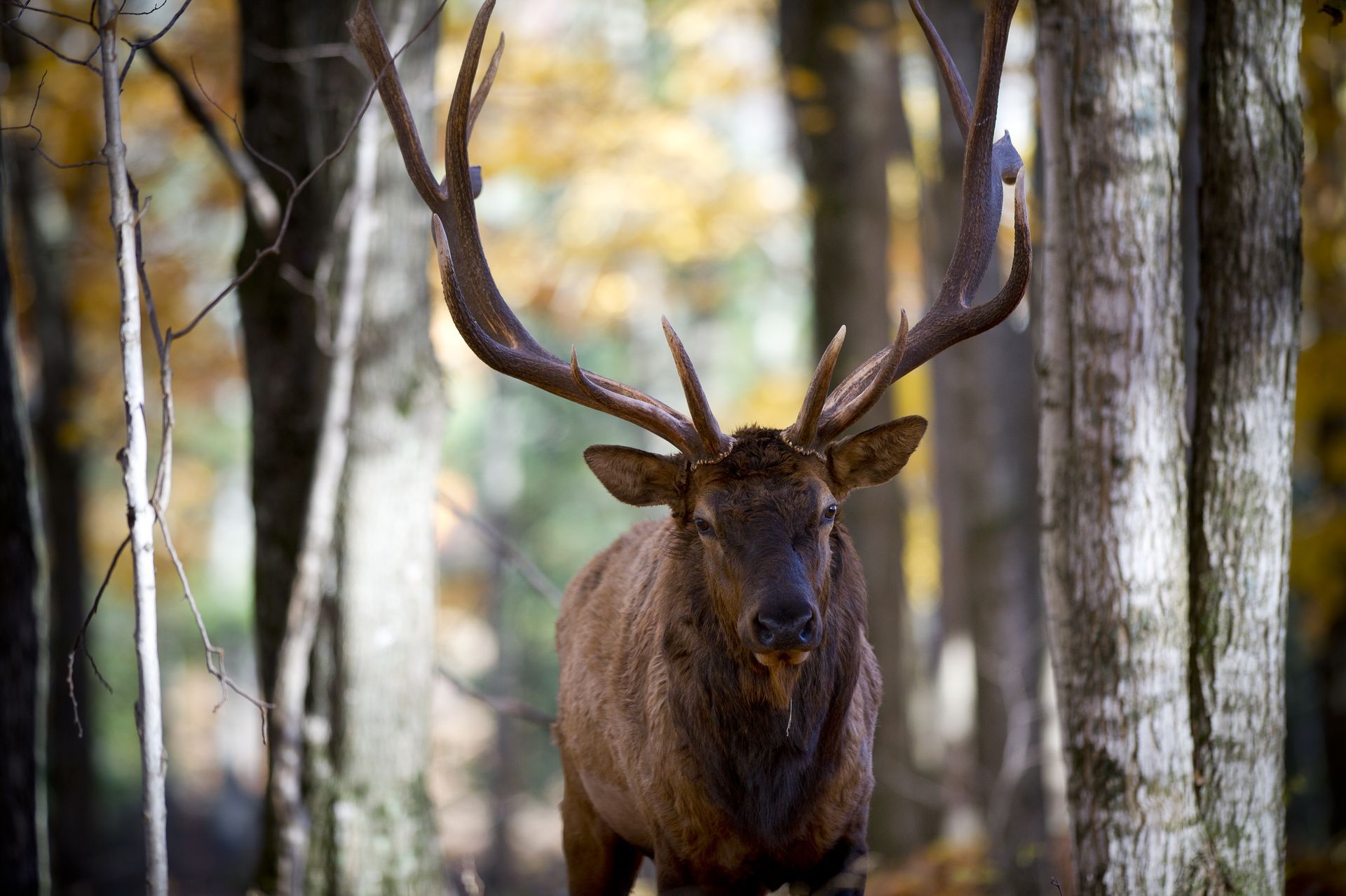April NRC Preview
Deer Management Initiative (DMI) updates are scheduled at the upcoming April Natural Resources Commission (NRC) Meeting.
The meeting, on Thursday, April 11, will be held in the Gannon Building at the Lansing Community College downtown campus, located at 600 N. Grand Ave Lansing, MI, and is set to start at 9:00 a.m.
The Fisheries Committee’s report on Saginaw Bay yellow perch and walleye populations is first on the agenda. Following this update, the Wildlife Committee will report on Chronic Wasting Disease monitoring and surveillance. A Bovine Tuberculosis surveillance report is also scheduled for later in the meeting.
After committee reports, Dustin Isenhoff from the Wildlife Division will announce the Pure Michigan Hunt Winners.
The Director’s Report will also include an overview of the Governor’s Recommendations for the DNR Budget from Jason Crandall with the Finance and Operations Division, as well as a report on falconry regulations.
Before the legislative report, deer management specialist Chad Stewart will provide updates on the Deer Management Initiative. Michigan United Conservation Clubs (MUCC) has been involved with the initiative since its inception earlier this year.
Most recently, MUCC’s Policy and Government Affairs Manager Justin Tomei took part in the creation of a DMI survey designed to garner opinions from individuals who aren’t a part of the hunting community on the issue of deer management in the state.
The hunting community is already a part of the initiative and is very aware of the deer management situation. The survey aims to target individuals who aren’t as involved to better understand what the general public thinks about the state’s current struggles related to deer management.
An oil and gas lease auction of 2,800 acres is eligible for approval and will be presented to the director at this month’s meeting. Counties offered for this lease include Arenac, Clare, Gladwin, Missaukee, and Osceola.
Michigan United Conservation Clubs reviews all land transactions exceeding 80 acres. Land Transaction #20230242 consists of 440 acres in Ostego County and includes 4,140 feet of Sturgeon River corridor and 76 acres of forested wetlands. Priced at $1,786,000, this estate of “very high natural resource value” will be bought and dedicated to the Pigeon River Country Management Unit.
Wildlife Conservation Order Amendment No. 4 of 2024 deals with falconry regulation changes for the 2024-26 regulatory cycle. These changes are up for information and will be reviewed by the director.
Two action items will close this month’s meeting: Wildlife Conservation Order Amendment No. 2 which deals with migratory game bird hunting seasons and No. which deals with migratory game bird hunting seasons and elk regulations.
MUCC will be streaming the meeting on our Facebook page as technology allows.
To ensure our natural resources remain protected and managed thoughtfully and our outdoor heritage defended, join Michigan United Conservation Clubs today: http://bit.ly/JoinMUCC .
The post April NRC Preview appeared first on Michigan United Conservation Clubs.
Recent Posts



